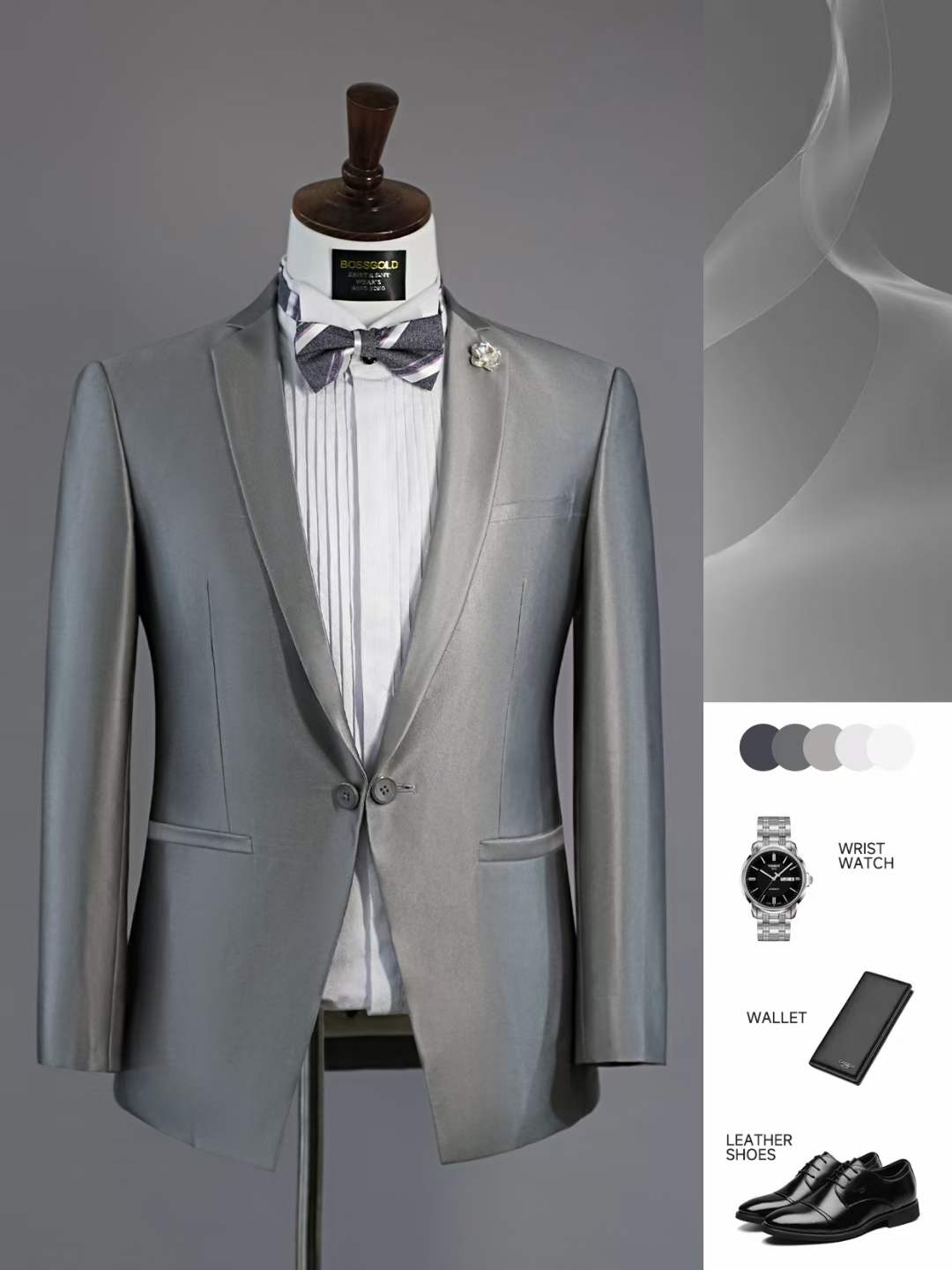Selecting the perfect suit is an art, and getting the right fit is paramount. A well-fitted suit can elevate your appearance, boost your confidence, and leave a lasting impression. Here's a comprehensive guide to help you navigate the intricacies of men's suit sizes.
1. Introduction
Understanding your measurements is the first step to ensuring your suit fits like a glove. While off-the-rack suits offer standard sizes, knowing your measurements can aid in selecting the closest fit or opting for a tailored suit.
2. Key Measurements
- Chest: Measure around the fullest part of your chest, keeping the tape measure level under your arms and across your back.
- Waist: Measure around the narrowest part of your waist, which is typically just above the navel.
- Hips: Measure around the fullest part of your hips.
- Shoulders: Measure across the back from one shoulder's end to the other.
- Sleeve Length: Measure from the shoulder seam to the wrist.
- Jacket Length: Depending on the style (short, regular, long), measure from the base of the neck to the desired end point on the thigh.
- Inseam: Measure from the crotch to the desired trouser length.
3. Suit Jacket Sizes
- European vs. US Sizes: European sizes are generally in the 40s and 50s (like 48, 50, 52), while US sizes are in the 30s and 40s (like 36, 38, 40). A US 38 might be close to a European 48.
- Short, Regular, Long (S/R/L): These denote the jacket length and often the overall fit. For instance, someone 5'7" might opt for a 'Short' while someone 6'2" might choose 'Long'.
4. Trouser Sizes
- Waist Size: This is the primary measurement for trousers. A size '32' refers to a 32-inch waist.
- Length: Trousers are often labeled with two numbers, like '32x34'. The first is the waist size, and the second is the inseam length.
5. Fit Types
- Classic Fit: Offers more room and is ideal for those preferring comfort. It's a timeless fit that doesn't hug the body too closely.
- Slim Fit: Tailored closer to the body, offering a more contemporary look. Ideal for those with a slender build.
- Modern Fit: Sits between classic and slim, offering a balanced silhouette.
6. Tips for a Perfect Fit
- Shoulder Alignment: The shoulder seams should sit perfectly on the edge of your shoulders.
- Jacket Closure: When buttoned, the jacket should sit flat on the chest without any pulling.
- Sleeve and Trouser Length: Sleeves should end at the wrist bone, while trousers should lightly touch the top of your shoes.
- Waist Fit: You should be able to slide one or two fingers into the waistband comfortably.
7. Tailoring: The Ultimate Solution
Even with the best off-the-rack options, minor adjustments might be needed. A skilled tailor can make alterations ensuring the suit fits perfectly. Whether it's adjusting the trouser length, taking in the jacket waist, or altering the sleeve length, tailoring can make a significant difference.
8. Conclusion
A suit is an investment, and ensuring it fits perfectly is crucial. By understanding your measurements and the nuances of suit sizing, you can select a suit that not only looks great but also feels comfortable. Remember, the key to a great suit is not just the fabric or style, but primarily its fit.
